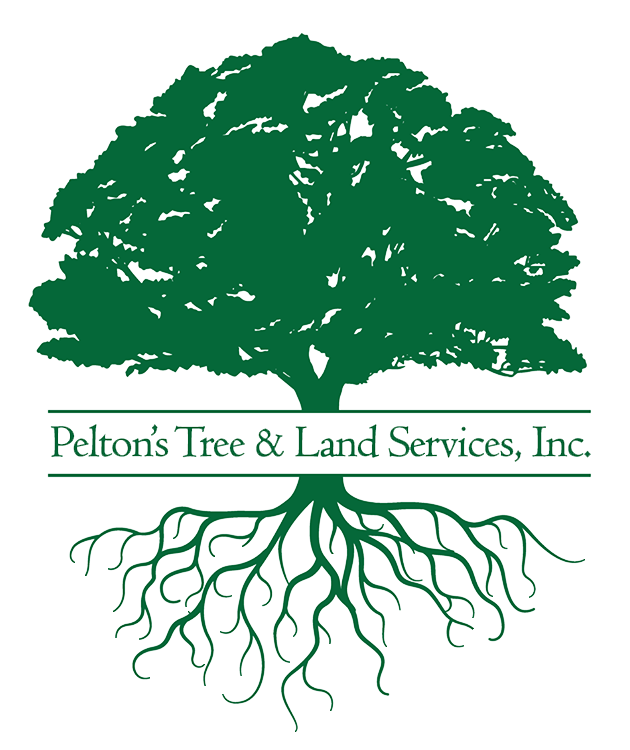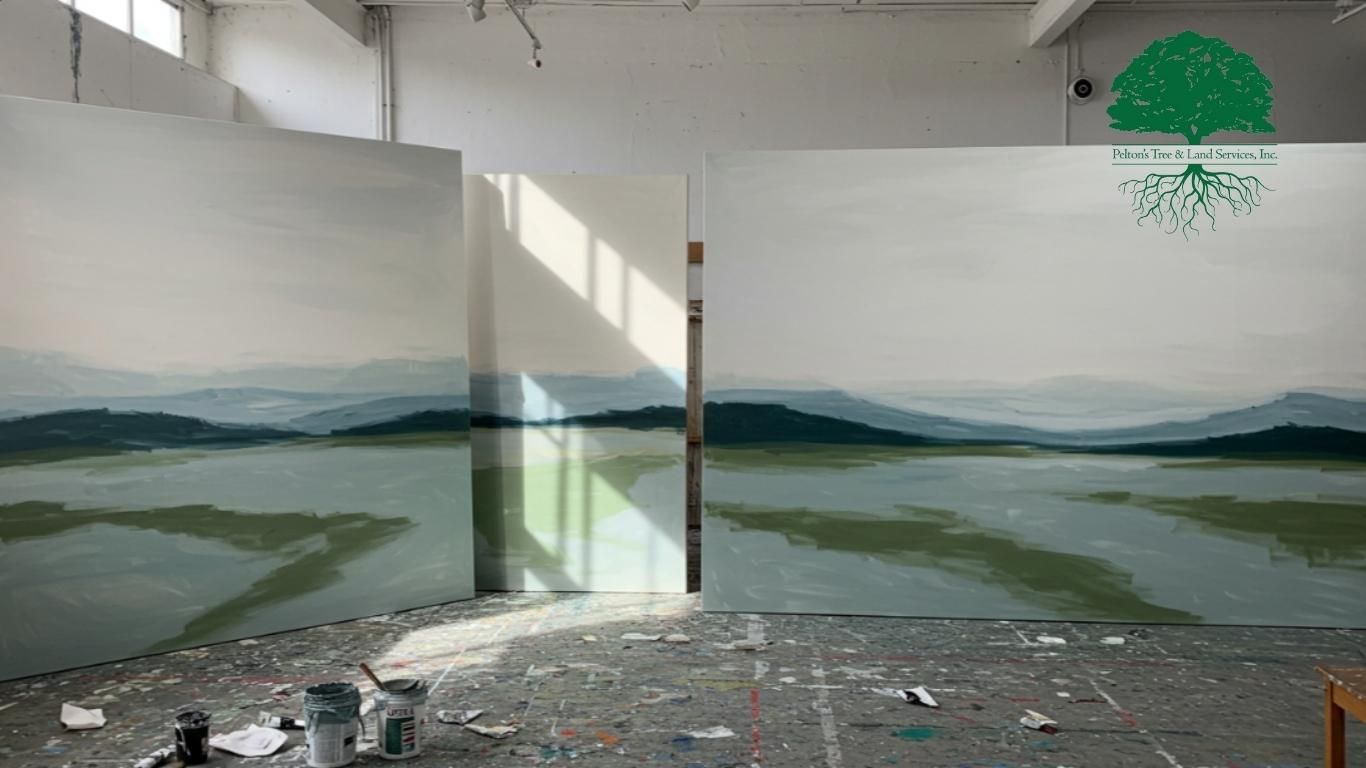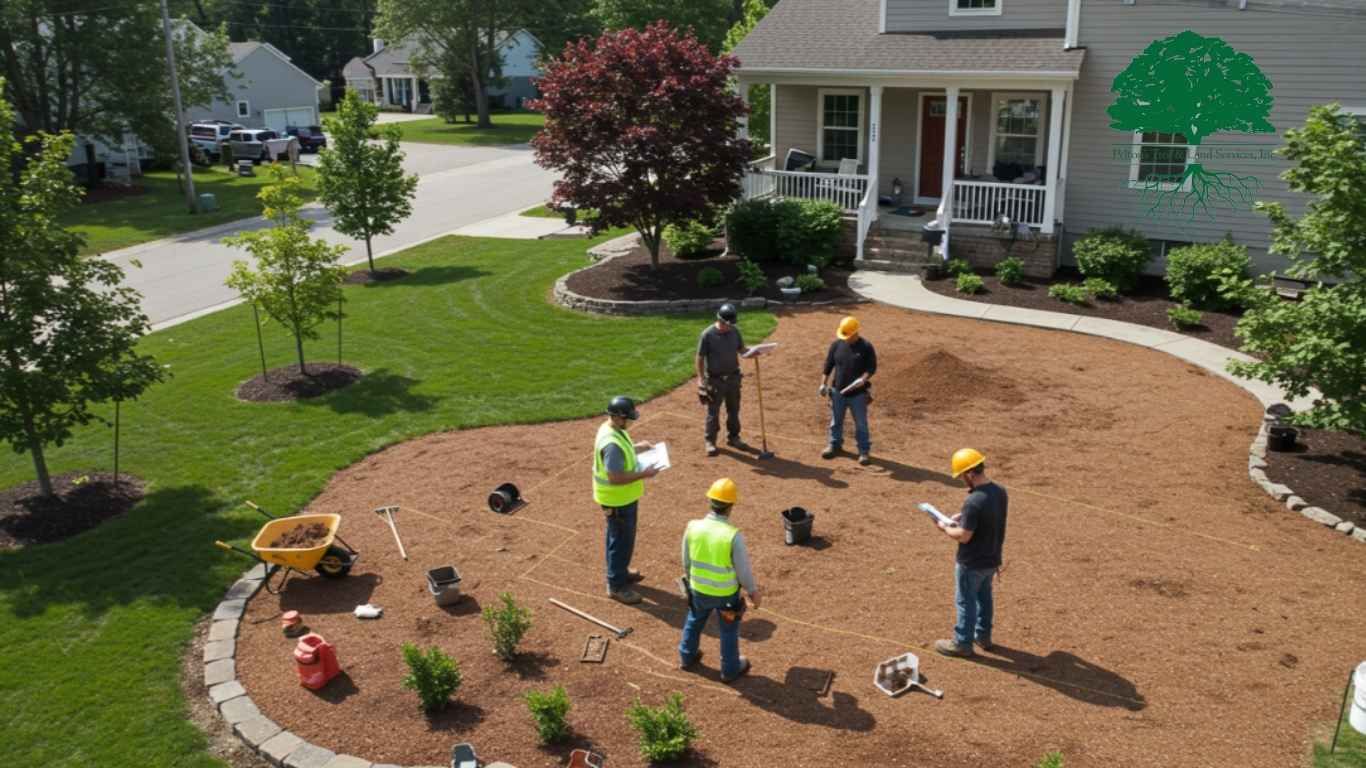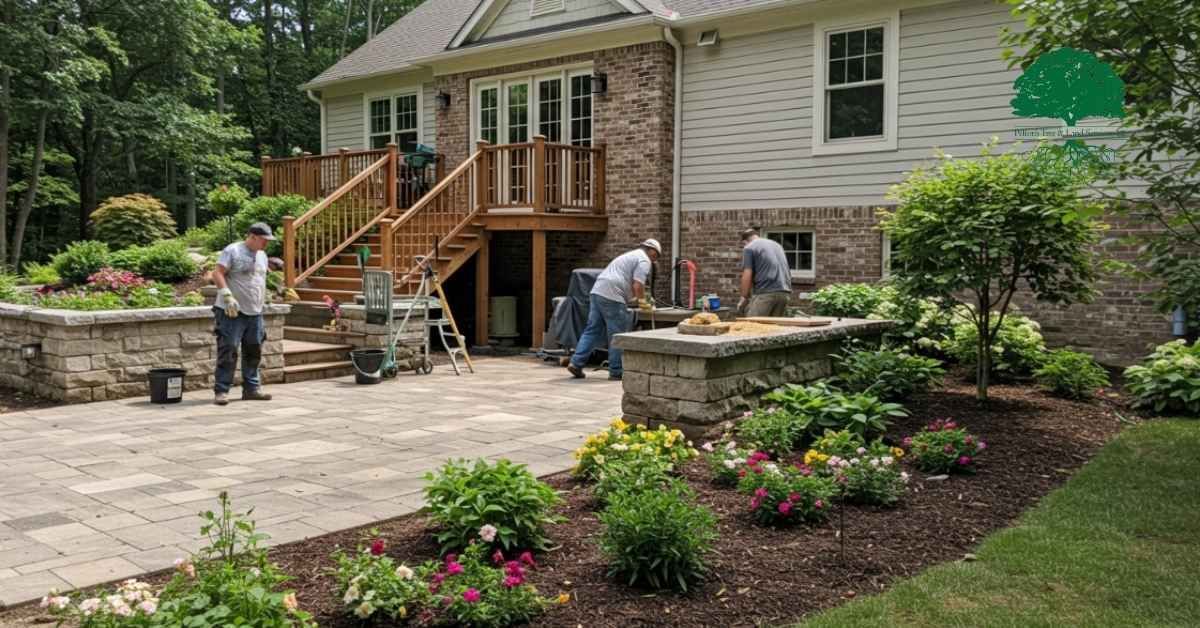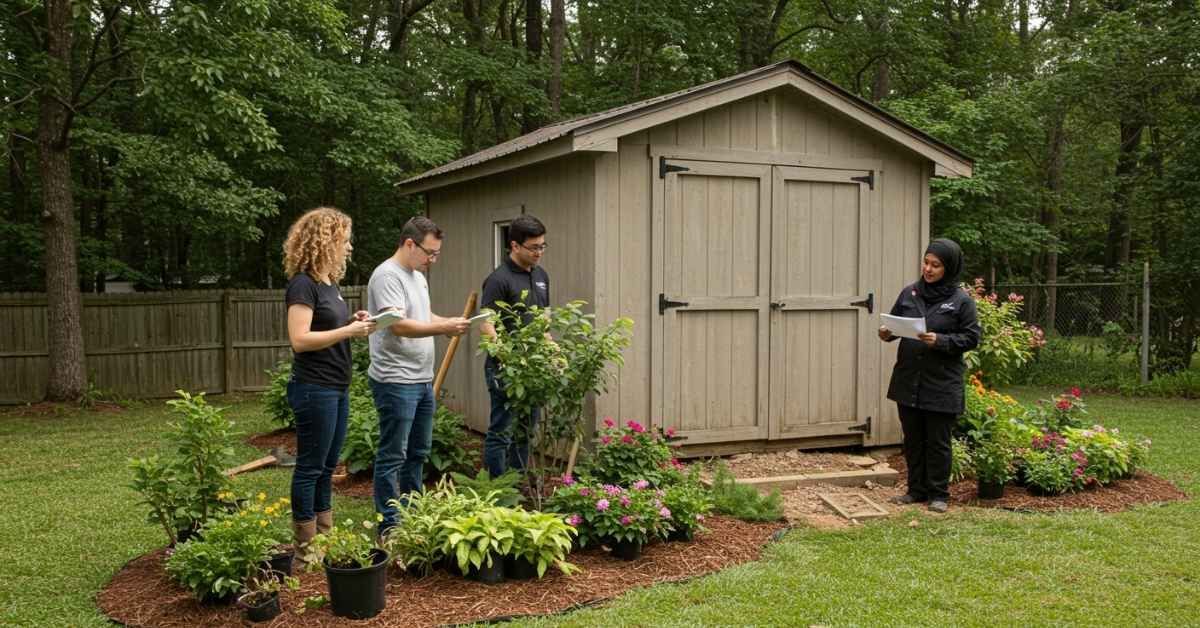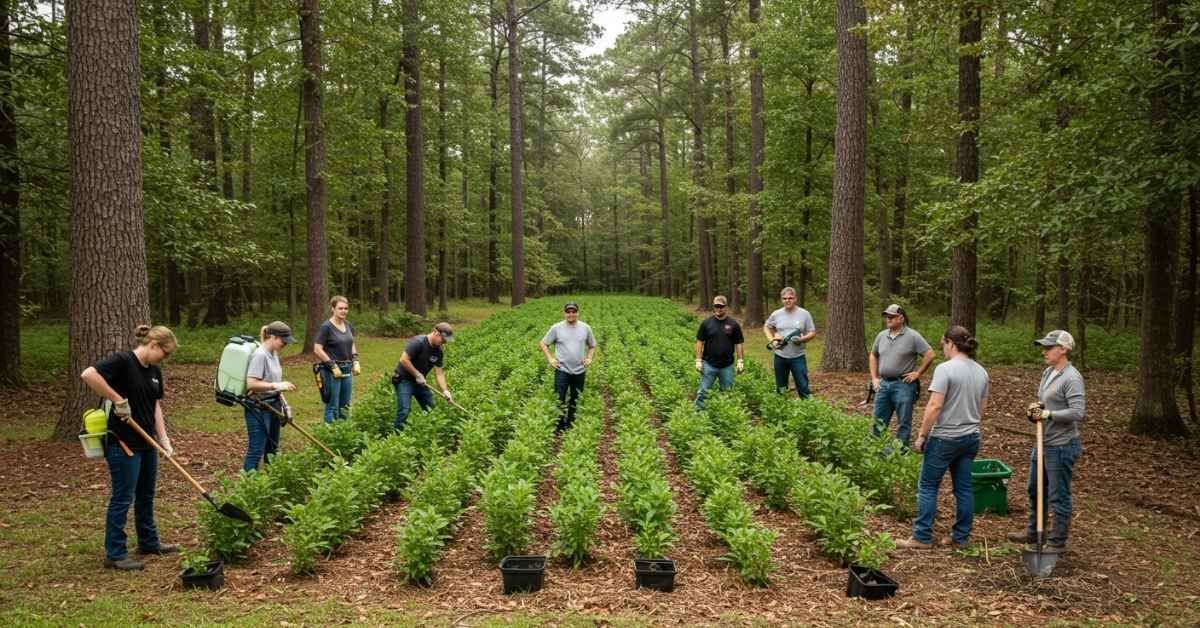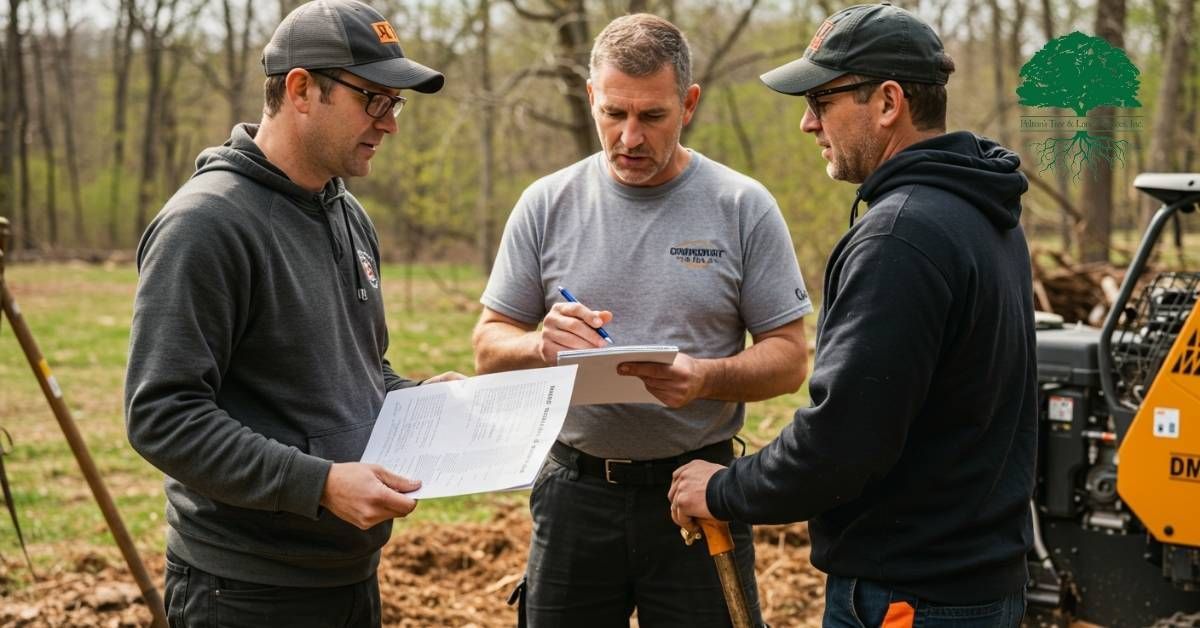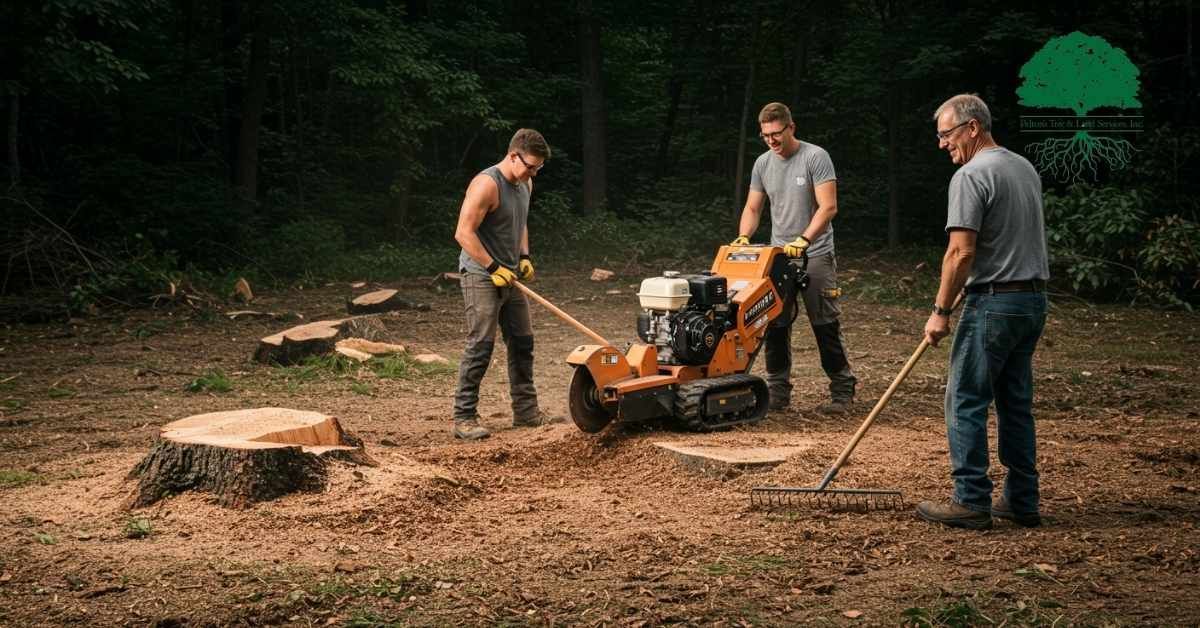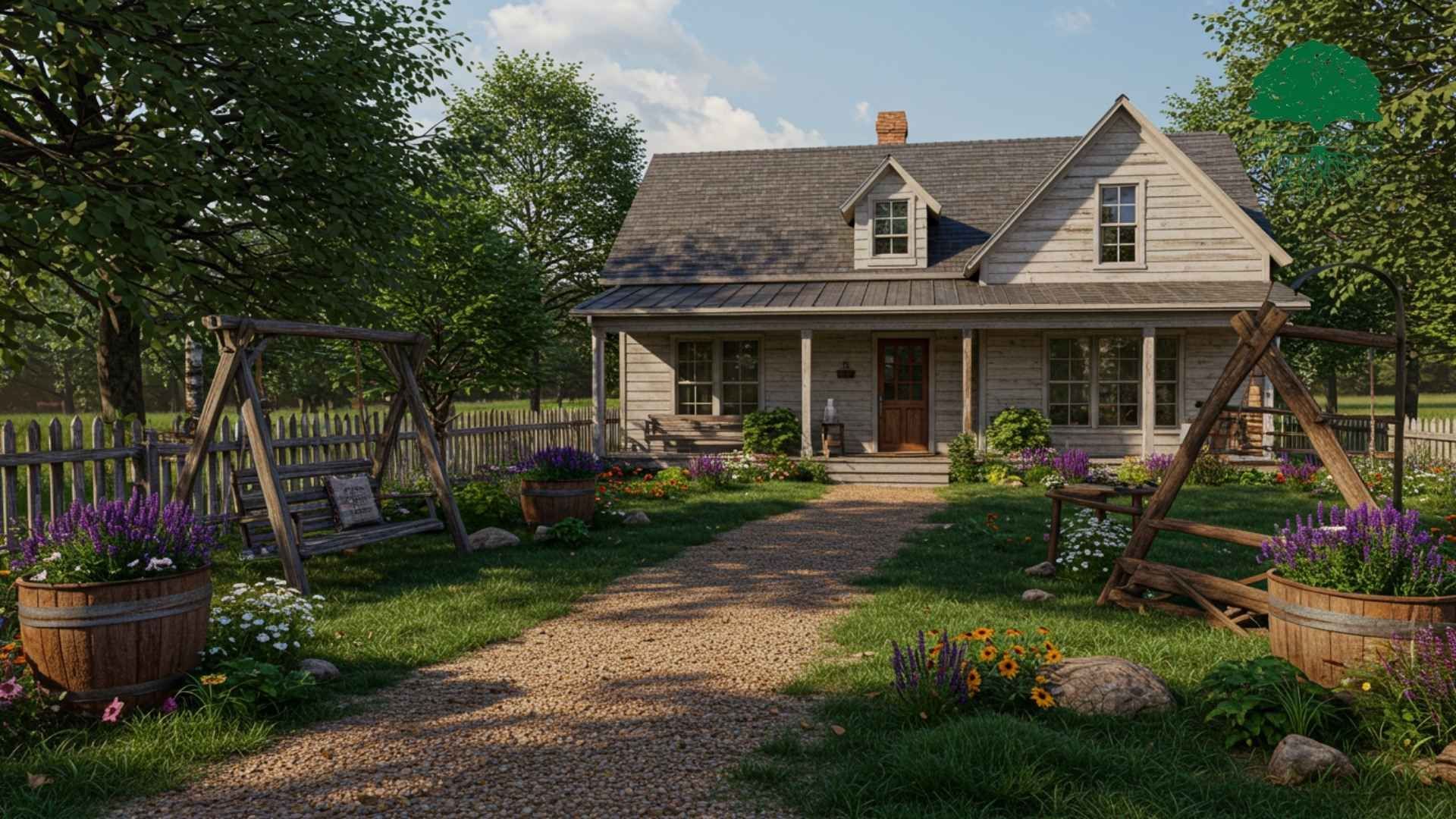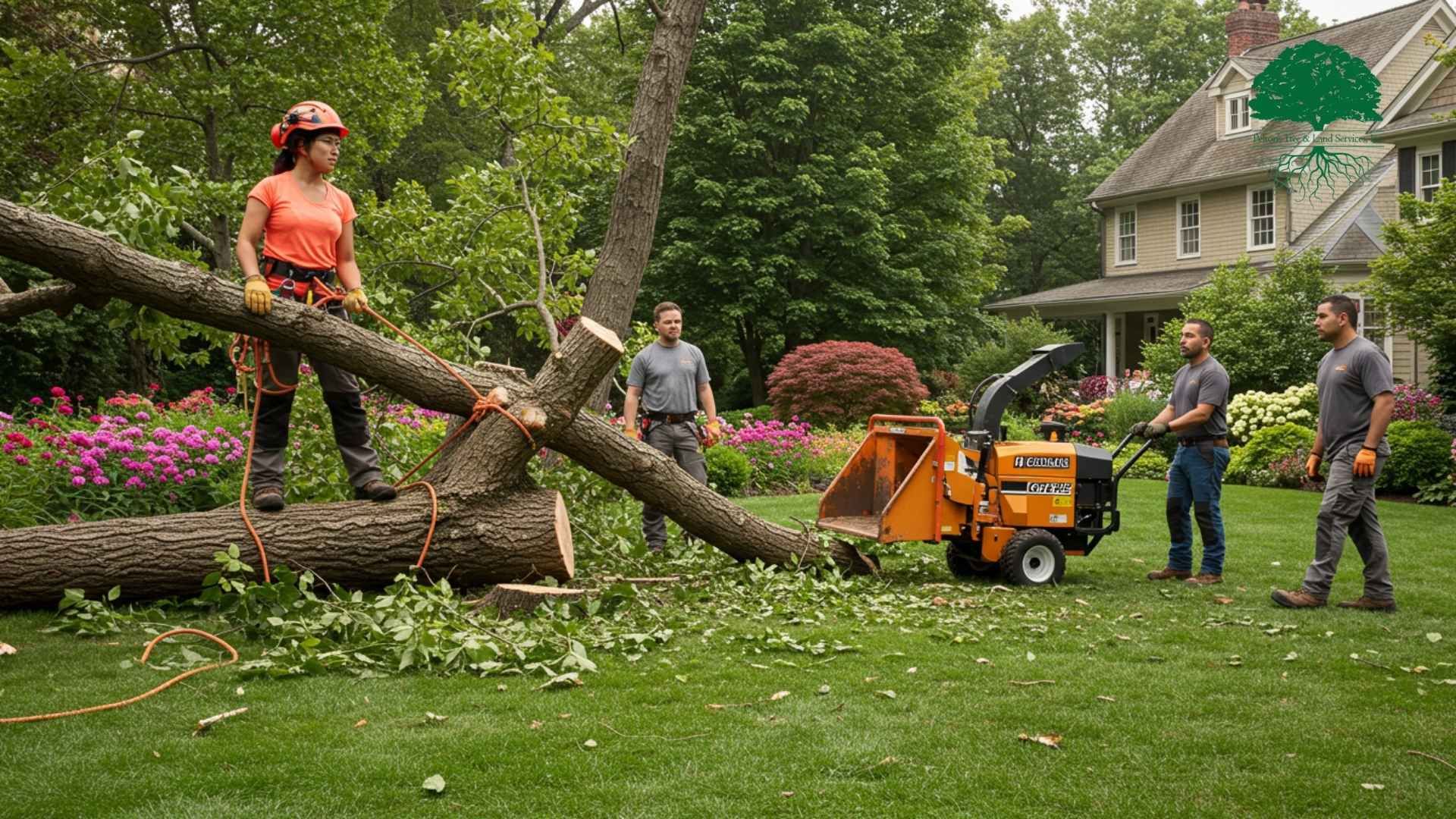The Comprehensive Guide to Landscape Berms
Landscape berms, a long-standing feature in the art of gardening, have evolved into a modern solution for homeowners seeking both privacy and aesthetic appeal. These raised areas, skillfully crafted from soil and vegetation, are more than just decorative; they offer a serene escape from the outside world. In this guide, we delve into the use of landscape berms for privacy, blending historical insight with contemporary applications.
A landscape berm for privacy is an effective, environmentally friendly, and visually appealing way to create a secluded sanctuary in your backyard, offering a natural barrier against noise, wind, and prying eyes.
Understanding Landscape Berms
A landscape berm, a mound of strategically placed earth, has the power to dramatically alter the aesthetics and functionality of garden spaces. Originating from European garden designs, these berms have found their way into the heart of modern residential landscaping. More than just elevating the land, they act as natural privacy screens, creating secluded areas in an otherwise open space. By carefully sculpting the earth, a berm can provide a subtle yet effective elevation, offering a unique blend of privacy and natural beauty, setting it apart from conventional flat gardens.
Benefits of Landscape Berms for Privacy
In stark contrast to the rigid lines of fences or walls, landscape berms offer a more organic solution for privacy. These earthen mounds harmonize with the surrounding landscape, blurring the lines between man-made and natural. Beyond privacy, berms serve as a barrier against environmental elements like wind and noise, creating a tranquil garden haven. The undulating shape of a berm can also play a crucial role in enhancing biodiversity; its varied terrain becomes a sanctuary for different plant species and wildlife, fostering a micro-ecosystem within your garden. Moreover, their structure helps in preventing soil erosion, safeguarding your garden's integrity.
Designing Your Landscape Berm
The design of a landscape berm hinges on a balance between functionality and aesthetics. Recommended to be 18-24 inches tall as per Rost Landscaping and The Spruce, these dimensions are ideal for creating a sense of seclusion without overwhelming the garden’s natural layout. The gradual slope of the berm is key to its integration into the landscape, ensuring it doesn't appear out of place. When selecting materials, a combination of soil and wood chips is advised. The soil provides the necessary weight and stability, while wood chips offer aeration and aid in moisture retention, creating a healthy foundation for plant growth.
Building the Berm
Constructing a berm is akin to sculpting the land. Inspired by Dorian Winslow's approach, the process begins with laying down larger elements such as rocks or logs. These act as the skeleton of the berm, giving it structure and stability. Over these, layers of soil and organic matter are added, creating a rich, fertile base. This layering technique ensures that the berm is not just a mound of dirt but a living, breathing part of your garden that supports diverse plant life and maintains its form through seasons and years.
Planting and Maintaining Your Berm
The true charm of a berm comes to life with the right mix of vegetation. Planting a variety of trees, shrubs, and perennials transforms it from a mere mound of earth to a vibrant, living structure. This selection should be tailored to suit the local climate and soil conditions, with a focus on creating a dense foliage cover for privacy while contributing positively to the local ecology. Regular maintenance, including watering, weeding, and pruning, is essential. These practices not only keep the berm aesthetically pleasing but also promote the health and longevity of the plants, ensuring that the berm remains an integral and functional part of your landscape design.
Conclusion
Landscape berms offer a unique combination of privacy, beauty, and environmental benefits. By understanding their design and maintenance, homeowners can enjoy a private, tranquil garden space that complements the natural environment.
FAQ Section
How High Should a Privacy Berm Be?
A privacy berm should ideally be 18 to 24 inches tall, as per guidelines from Rost Landscaping and UC ANR. This height is sufficient to provide privacy while maintaining stability and preventing erosion.
What Are the Best Plants for a Privacy Berm?
The best plants for a privacy berm vary based on climate and personal preference. Generally, a mix of evergreens, flowering shrubs, and perennials offers year-round privacy and visual interest.
Can Landscape Berms Help with Noise Reduction?
Yes, berms can significantly reduce noise pollution. Their earthy composition acts as a natural sound barrier, absorbing and deflecting noise from traffic or neighbors.
How Do I Prevent Erosion in My Landscape Berm?
Preventing erosion in a landscape berm involves planting deep-rooted vegetation, ensuring a gradual slope, and using ground covers like mulch to protect the soil surface.
Are There Any Legal Considerations When Building a Berm?
When building a berm, it's important to check local zoning laws and neighborhood regulations. Some areas may have restrictions on height, proximity to property lines, or types of vegetation used.
